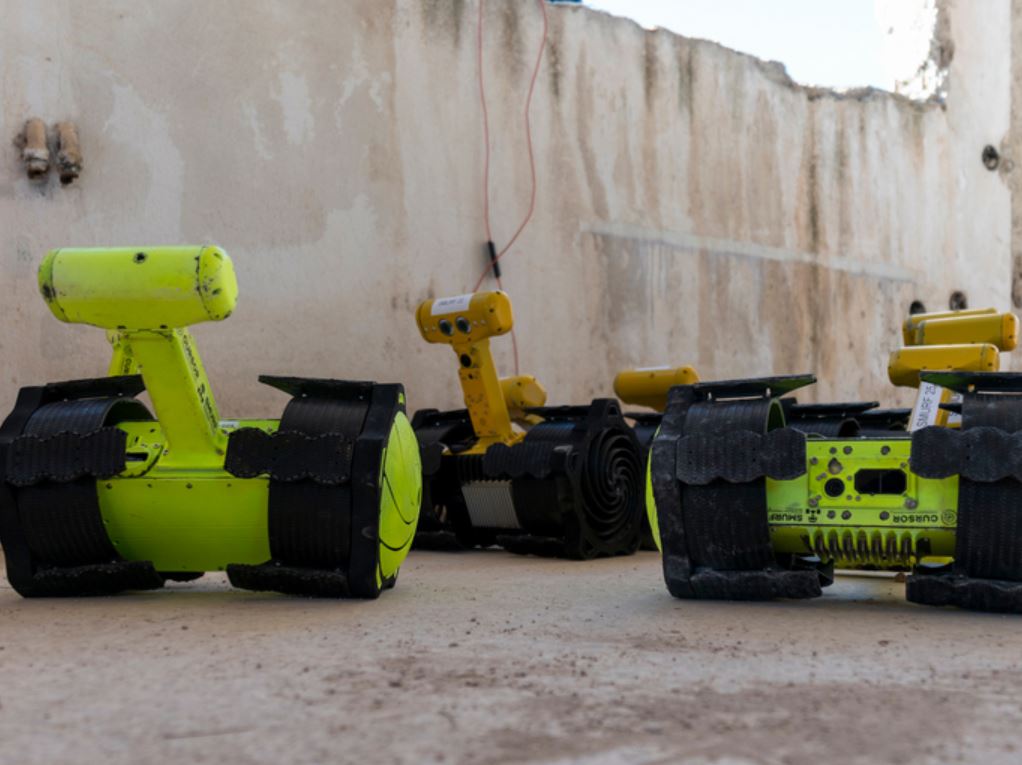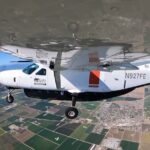 When disasters strike, every minute counts. In the chaos following earthquakes or explosions, rescuers have just 72 hours—the critical window when survival chances are highest—to locate survivors. For instance, a devastating earthquake in central Italy in 2016 claimed 299 lives and mobilised over 5,000 emergency workers, who battled debris to save lives.
When disasters strike, every minute counts. In the chaos following earthquakes or explosions, rescuers have just 72 hours—the critical window when survival chances are highest—to locate survivors. For instance, a devastating earthquake in central Italy in 2016 claimed 299 lives and mobilised over 5,000 emergency workers, who battled debris to save lives.
To help first responders who often face unknown hazards, European and Japanese experts teamed up between 2019 and 2023. Their international project, CURSOR (a four-year research initiative), brought together rescue organisations, research institutions, and companies from six EU countries, Norway, the UK, and Japan’s Tohoku University, all aiming to create a smarter, safer rescue toolkit.
At the heart of this effort is SMURF—the Soft Miniaturized Underground Robotic Finder. This compact, two-wheel robot is built to creep through collapsed structures and rubble, reaching parts of a disaster scene that are too dangerous for people. As Tiina Ristmäe from the German Federal Agency for Technical Relief explains, deploying a machine to tackle risky tasks means fewer lives put directly in harm’s way.
SMURF comes equipped with video and thermal cameras, two-way communication, and a robust sensor called SNIFFER. This sensor picks up on human-emitted substances like CO2 and ammonia, helping rescue teams distinguish between those who might still be saved and others. To further extend the system’s reach, drones are used to deliver multiple SMURF units into hard-to-reach areas. Some drones even scan the terrain with ground-penetrating radar and produce high-definition 3D maps, which can be vital for planning safe, efficient rescue operations.
Field trials in both Japan and Europe—including a full-scale simulation in Afidnes, Greece, in November 2022—have shown the practical benefits of this integrated approach. Although SMURF and its companion technologies aren’t yet commercially available, the strong global interest underscores the potential to enhance future disaster response efforts. The CURSOR team is now looking to secure further funding to refine these tools, which could help make rescue missions both faster and safer.








